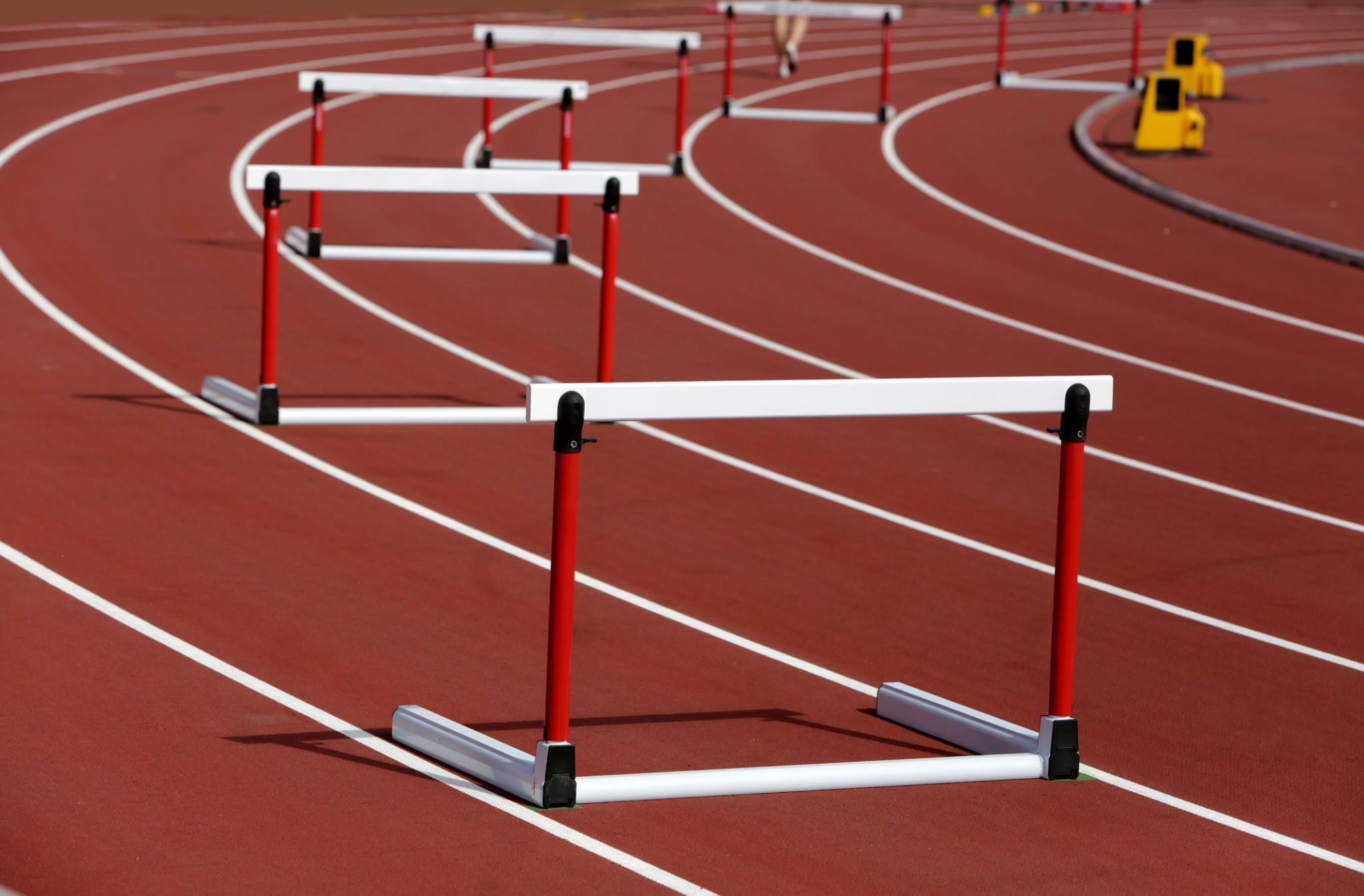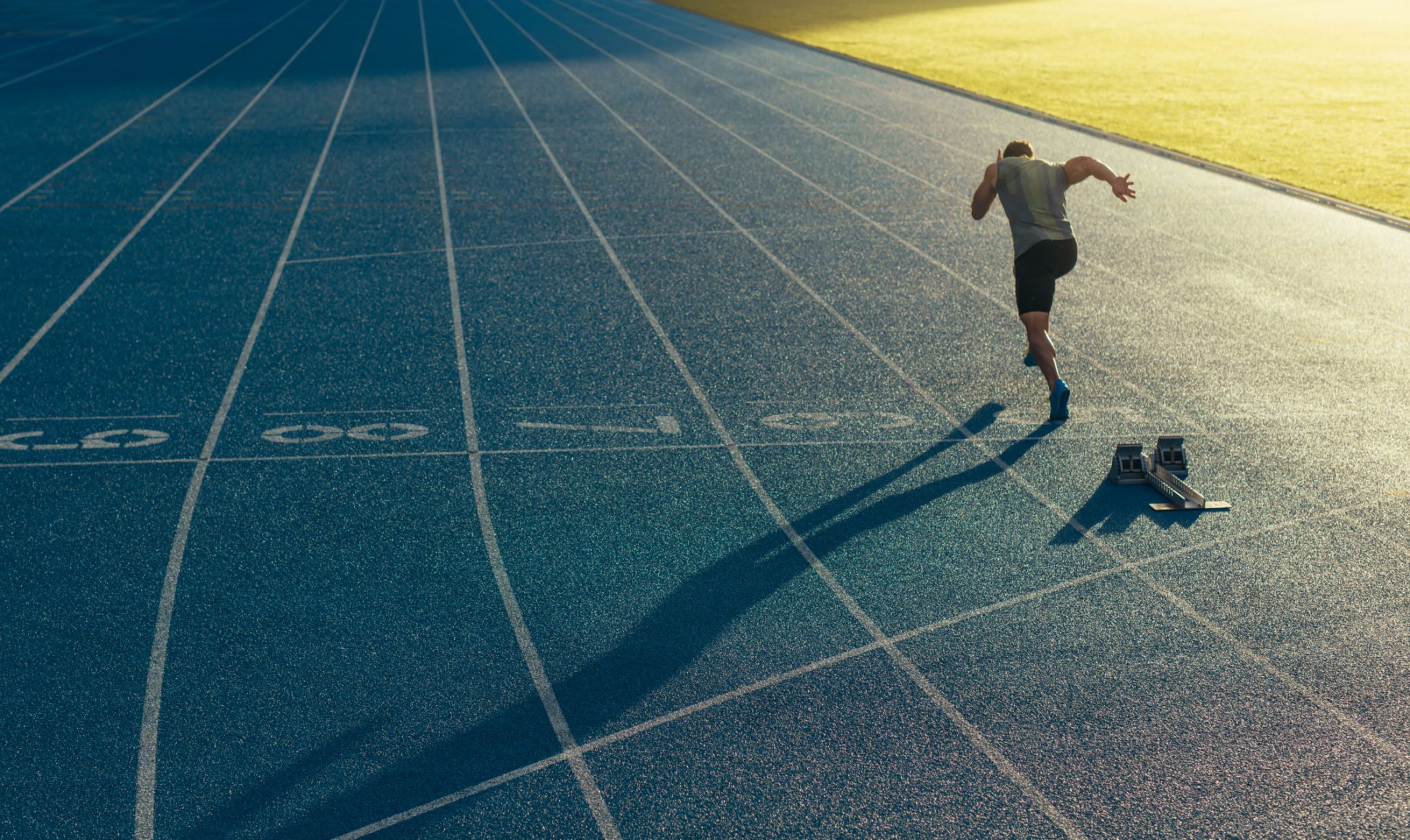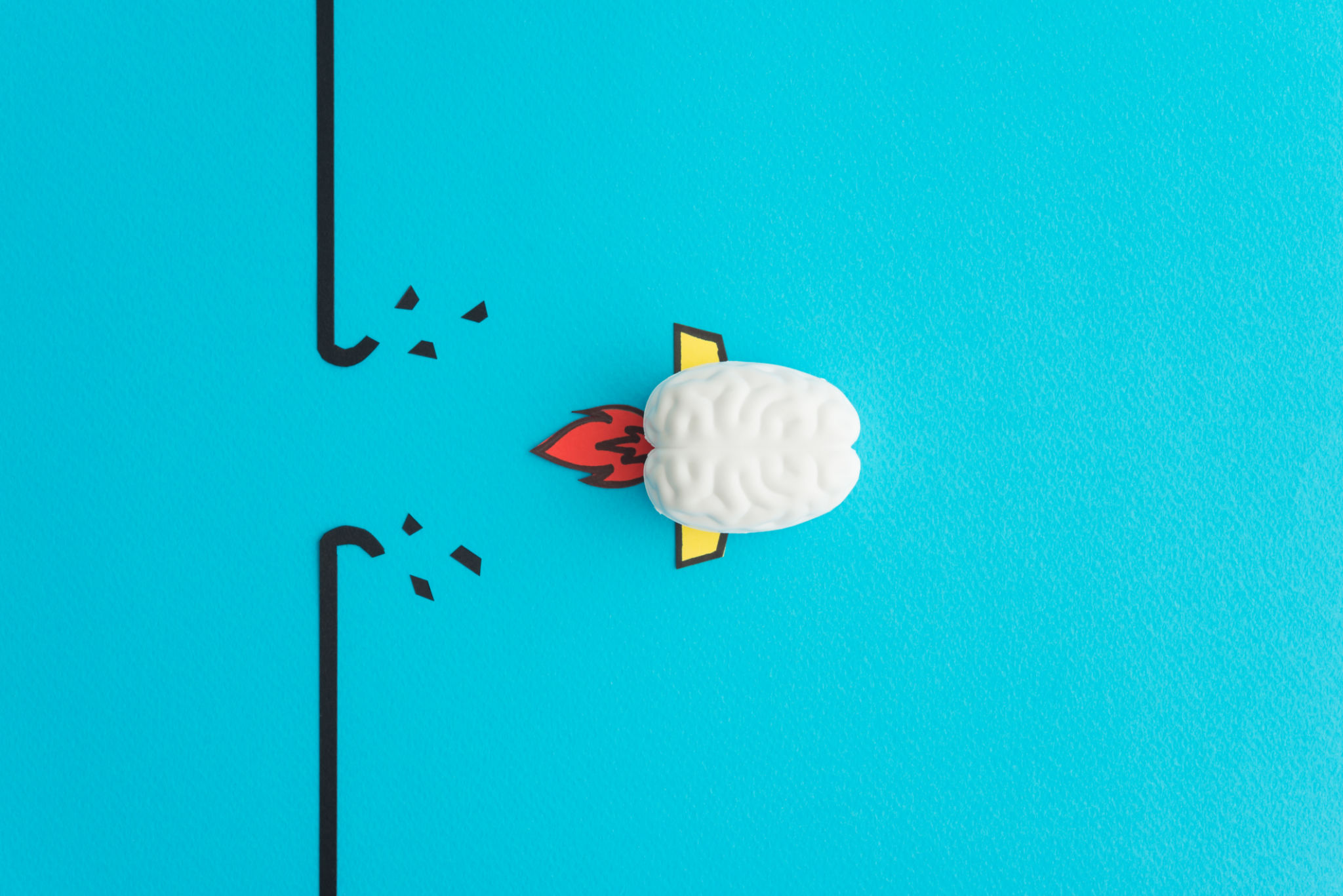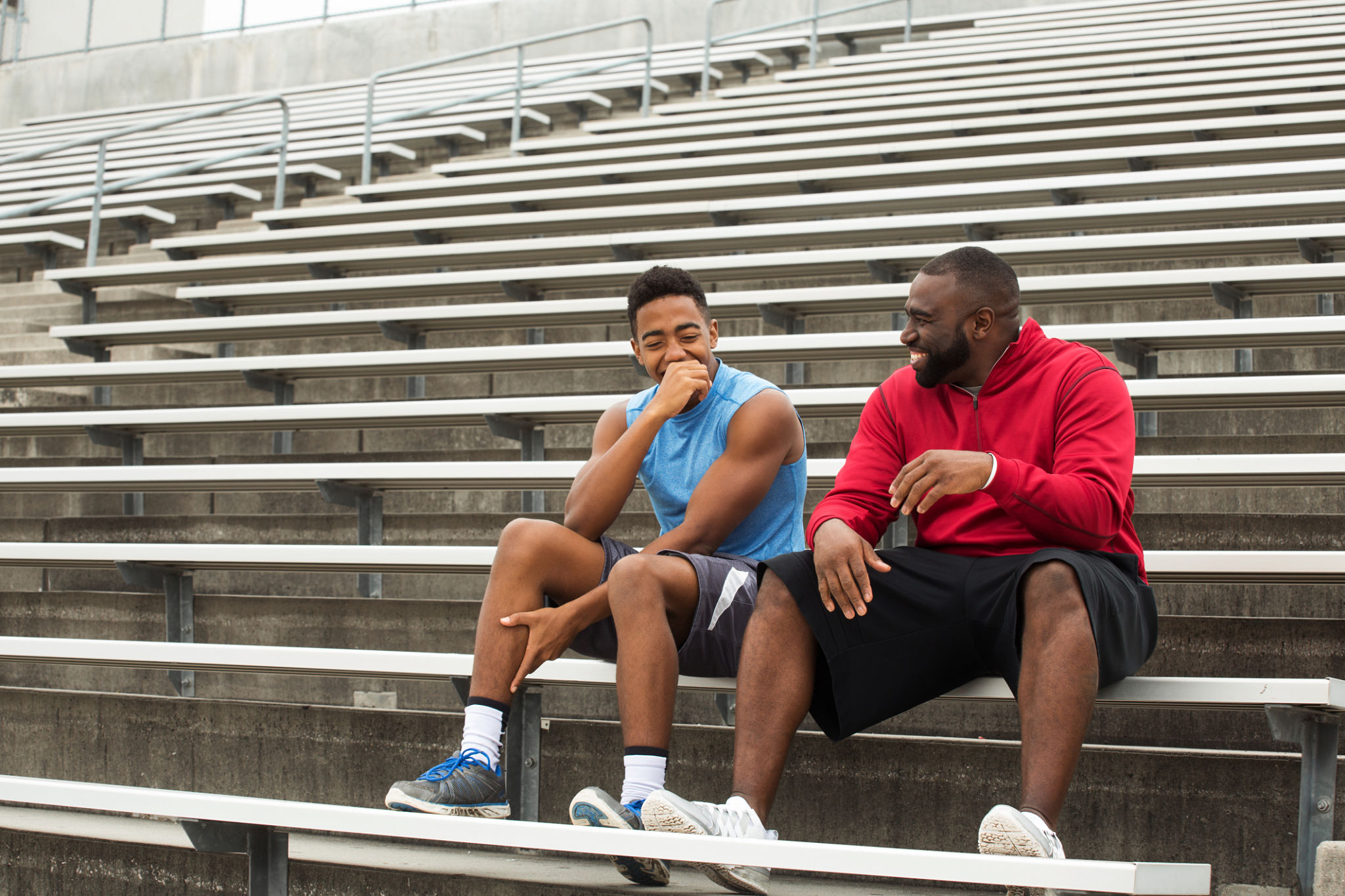How to Improve Your Hurdle Technique: Expert Tips from Avionics
Understanding the Basics of Hurdling
Hurdling is an art form that combines speed, agility, and technique. Whether you're a beginner or an experienced athlete, mastering the fundamentals is crucial for improving your performance. To start, focus on your approach to the hurdle. A consistent and rhythmic stride pattern is key to maintaining speed and balance. Ensure that your lead leg extends straight over the hurdle, while your trail leg follows closely behind.

Posture is another important aspect. Keep your torso upright and your head looking straight ahead. Avoid leaning too far forward or backward, as this can disrupt your balance and slow you down. Practice these basics regularly to create a solid foundation for more advanced techniques.
Improving Your Speed and Agility
Speed and agility are essential components of successful hurdling. To enhance these skills, incorporate sprint drills into your training regimen. Drills such as high knees, butt kicks, and quick feet can help improve your speed and footwork. Additionally, plyometric exercises like box jumps and bounding can increase your explosive power, allowing you to clear hurdles more efficiently.
Agility ladders are also a great tool for improving foot speed and coordination. Use them to practice quick step patterns that mimic the movements required in hurdling. The more agile you are, the more effectively you can navigate the hurdles.

Mastering the Hurdle Technique
The technique of clearing a hurdle involves precise movements that need to be executed smoothly. Begin by working on your lead leg technique. As you approach the hurdle, drive your knee up aggressively and extend your leg over the hurdle. Your trail leg should follow swiftly, with a sweeping motion that keeps it close to your body.
Practice this sequence repeatedly, focusing on a quick and efficient clearance. Use video analysis to review your form and identify areas for improvement. Pay attention to how you land; aim for a seamless transition back into your running stride.

Strength and Conditioning
Building strength is vital for enhancing your hurdle performance. Incorporate weight training exercises like squats, lunges, and deadlifts to strengthen your lower body muscles. Strong quadriceps, hamstrings, and calves will provide the power needed for explosive starts and quick hurdle clearances.
Don't neglect your core strength either. A strong core stabilizes your body throughout the hurdling motion, reducing the risk of injury. Planks, Russian twists, and medicine ball throws are effective exercises for developing core muscles.
Mental Preparation and Focus
Hurdling is as much a mental challenge as it is a physical one. Developing a strong mental game is essential for peak performance. Visualization techniques can be particularly helpful; imagine yourself successfully clearing each hurdle with confidence and ease.

Additionally, set specific goals for each training session and race. Whether it's improving your time or perfecting a particular aspect of your technique, having clear objectives keeps you motivated and focused.
Consistent Practice and Feedback
Improvement in hurdling comes from consistent practice and constructive feedback. Regularly work with a coach or training partner who can provide insights into your technique. They can offer guidance on adjustments you may not notice yourself.
Track your progress by maintaining a training journal. Documenting your workouts, improvements, and areas needing attention helps you stay on track and recognize patterns in your performance.

By integrating these expert tips into your training routine, you'll see significant improvements in your hurdle technique over time. Remember, dedication and perseverance are key to mastering this dynamic sport.